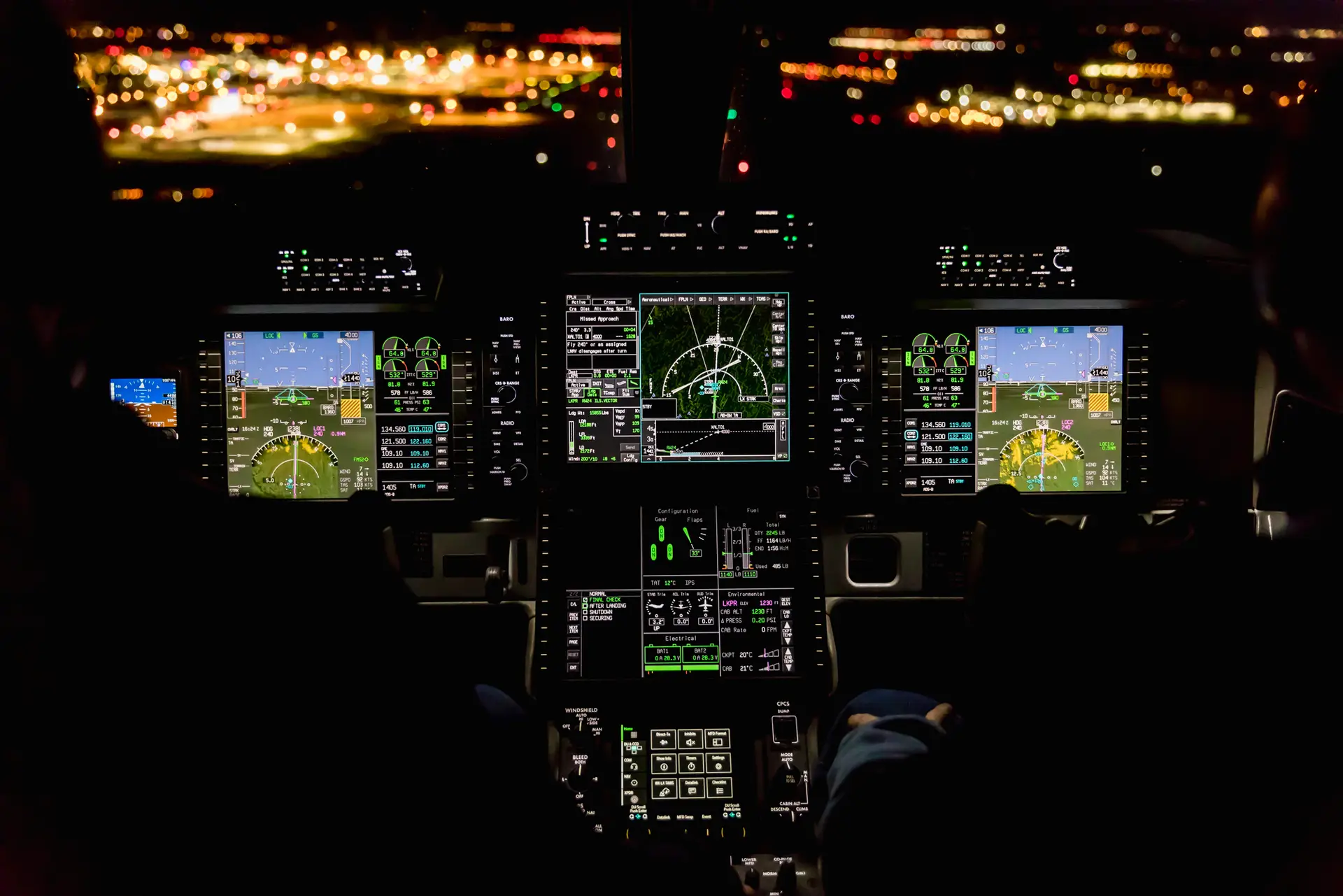Scenario-Based Training: Why It s Important for Pilots

- aviatorpro_6714
# Scenario-Based Training: Why It’s Important for Pilots
In the aviation industry, safety and proficiency are paramount. When it comes to training pilots, traditional methods that rely heavily on rote memorization and procedural repetition may not be enough to prepare them for the complexities of real-world flying. This is where scenario-based training comes in—a method that uses realistic situations to teach pilots how to handle unexpected challenges and make quick, informed decisions.
Understanding Scenario-Based Training
Scenario-based training is an instructional method that immerses pilots in realistic flight situations. Unlike traditional training, which often focuses on specific maneuvers and technical skills, scenario-based training emphasizes decision-making, problem-solving, and critical thinking in a variety of contexts. This approach prepares pilots for the unpredictable nature of flying, enhancing their ability to respond effectively to both routine and emergency situations.
The Importance of Safety in Pilot Training
Safety is the cornerstone of any pilot training program. By simulating real-world scenarios, pilots can experience the complexities and demands of actual flight conditions without the associated risks. This form of training allows them to develop and refine their skills in a controlled environment, building their confidence and competence.
Pilots trained with scenario-based methods are better equipped to handle emergencies, as they have practiced managing a wide range of situations. This reduces the likelihood of accidents and enhances overall aviation safety.
Key Elements of Scenario-Based Training
Real-World Applications
Scenario-based training incorporates real-world applications, meaning that pilots are exposed to situations they are likely to encounter during their careers. These scenarios can range from dealing with unexpected weather changes to navigating equipment malfunctions or managing air traffic control communications.
By practicing these scenarios, pilots learn to anticipate potential issues and develop strategies to address them effectively. This hands-on experience is invaluable in building the resilience and adaptability required in the dynamic environment of aviation.
Decision-Making and Problem-Solving
One of the primary goals of scenario-based training is to enhance a pilot’s decision-making and problem-solving abilities. In aviation, every decision can have significant consequences, and pilots must be able to assess situations quickly and accurately.
Through scenario-based training, pilots practice making decisions under pressure, weighing the pros and cons of different actions, and selecting the best course of action. This ability to think critically and act decisively is crucial in maintaining safety and efficiency in flight operations.
Developing Situational Awareness
Situational awareness is a key component of safe flying. It involves being aware of what is happening in and around the aircraft, understanding how this information impacts the flight, and predicting what will happen next. Scenario-based training enhances situational awareness by providing pilots with a wide range of simulated experiences that require them to stay alert and attentive.
Benefits of Scenario-Based Training for Pilots
Increased Confidence and Competence
Pilots who undergo scenario-based training gain increased confidence in their abilities. By repeatedly practicing different scenarios, they become more comfortable handling various situations, which translates to greater competence in real-world flying.
This confidence is crucial, especially during emergencies, as it allows pilots to remain calm and composed, making rational decisions that ensure the safety of everyone on board.
Enhanced Communication Skills
Effective communication is vital in aviation, whether it’s between pilots and air traffic control or among crew members. Scenario-based training often includes elements of communication, requiring pilots to convey information clearly and efficiently.
Through practice, pilots improve their ability to communicate under pressure, ensuring that vital information is shared accurately and promptly during critical situations.
Better Preparedness for Emergencies
One of the most significant advantages of scenario-based training is the preparedness it provides for emergency situations. Pilots learn to manage stress, prioritize tasks, and implement emergency procedures with precision.
This preparation reduces the chances of panic and errors during real emergencies, contributing to safer flight operations and increased passenger safety.
Implementing Scenario-Based Training
The Role of Instructors
Flight instructors play a crucial role in scenario-based training. They design scenarios that are relevant to the pilot’s skill level and learning objectives, providing guidance and feedback throughout the process. Instructors also facilitate debriefing sessions, where pilots can reflect on their performance and identify areas for improvement.
Integrating Technology
Advancements in technology have made scenario-based training more effective and accessible. Flight simulators, for instance, offer realistic environments where pilots can practice various scenarios without leaving the ground. These simulators replicate the cockpit experience, providing pilots with an opportunity to hone their skills in a safe, controlled setting.
Continuous Learning and Adaptation
The aviation industry is constantly evolving, with new technologies and regulations emerging regularly. Scenario-based training encourages continuous learning and adaptation, ensuring that pilots remain up-to-date with the latest developments in the field.
By engaging in ongoing training, pilots can refine their skills and stay prepared for the challenges they may encounter in their careers.
Conclusion
Scenario-based training is an essential component of modern pilot training programs. By immersing pilots in realistic flight scenarios, it enhances their decision-making, problem-solving, and communication skills while increasing their confidence and competence. Ultimately, this approach contributes to safer skies and more effective flight operations, benefiting both pilots and passengers alike.
As the aviation industry continues to grow and evolve, the importance of scenario-based training in preparing pilots for the complexities of real-world flying cannot be overstated. By investing in this training method, we can ensure that pilots are well-equipped to handle the demands of their profession and maintain the highest standards of safety and proficiency.



